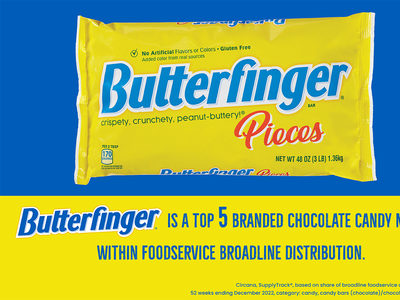The restaurant supper occasion has lost over 650 million consumer visits since 2006 but will gain about 795 million visits over the next decade, according to a foodservice industry forecast by The NPD Group, a leading global information company. NPD’s recently released A Look Into the Future of Foodservice report forecasts a four percent growth in restaurant supper visits through 2022.
Restaurant supper visits have been steadily declining since 2006 while supper meals eaten in-home have steadily increased. Per capita annual supper meals eaten-in home increased from 235 in 2006 to 250 in 2012, according to NPD’s National Eating Trends®, which continually tracks all aspects of how U.S. consumers eat. Conversely, per capita supper meals eaten away-from-home declined from 67 in 2006 to 61 in 2012, according to NPD’s CREST®, which tracks daily how U.S. consumers use restaurants.
While multiple factors contributed to the weakened state of the supper occasion, one of the largest influences is the impact that the economy has had on younger adult consumers, ages 18-49, according to NPD’s A Look Into The Future of Foodservice report. Younger adults have historically been heaviest users of restaurants for supper. As a result of these cutbacks, there has been a shift of supper traffic dependence to older consumers who historically have been less frequent users of restaurants for supper. It’s this increase in restaurant supper visits among older adults that is the primary contributor to the growth forecast in supper traffic over the next ten years.
“While supper is forecast to fare better than it has over the past several years, foodservice marketers will need to create a strong value proposition to entice U.S. consumers out of their homes,” says Bonnie Riggs, restaurant industry analyst. “During this very challenging time, consumers have become even more accustomed to eating supper at home. Foodservice marketers need to understand how food retailers and manufacturers are meeting consumers’ needs, as prepared foods purchased at grocery stores provide an easy and generally less expensive alternative to restaurants.”




